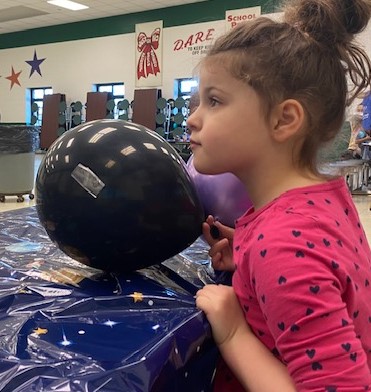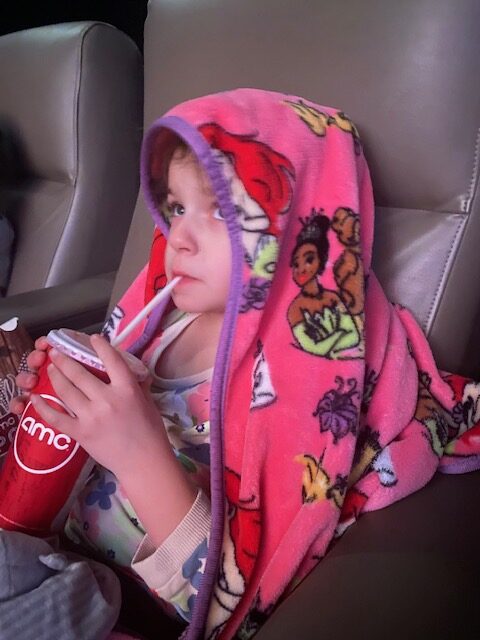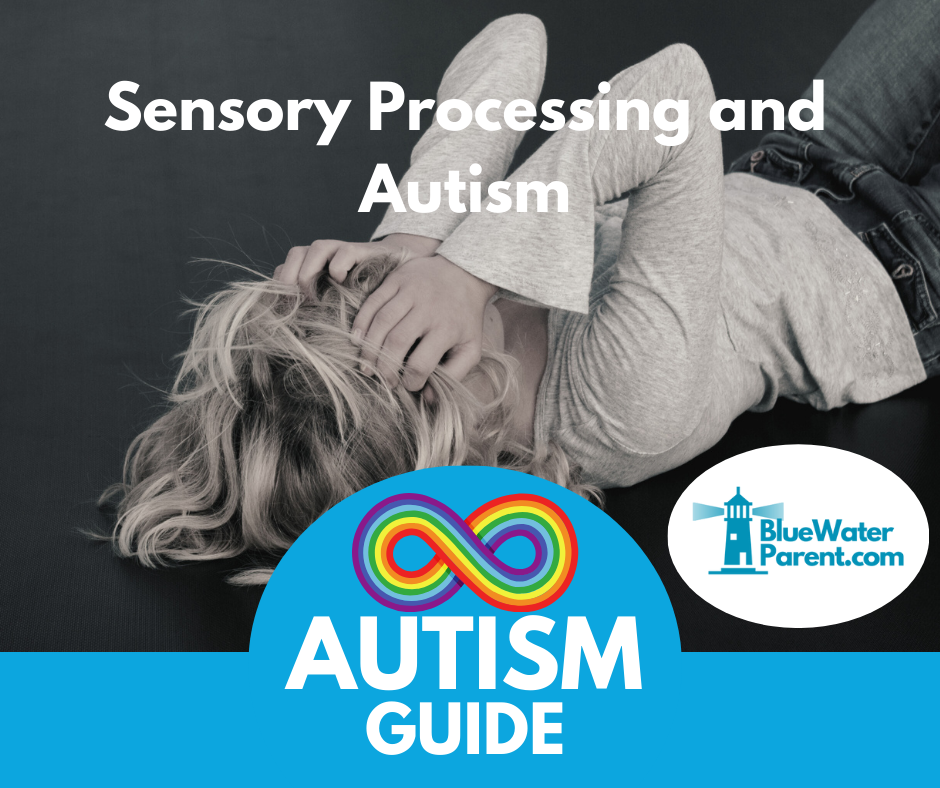Published November 11, 2024
Local parenting blogger, Jackie Davidson, a parent of an autistic child and a professional educator, shares her findings on the relationship between sensory processing and autism.
Sensory Processing Disorder
Sensory Processing Disorder (SPD) is something that affects many autistic people. Did you know that people with autism tend to experience the world through their senses differently than others? For some, noises are louder or quieter. For others,
lights hurt their eyes. Some can’t stand soft touches or hard ones. Some struggle with the taste of foods being too strong or the textures bothering them to the point that it can even lead to an eating disorder such as ARFID. And some feel all of these
things and more!
Five Senses
Sensory processing disorder can be one of the biggest
hurdles of autism. Sensory processing refers to our five senses; touch, taste, smell, hearing, and sight. Our whole life is stimulating; screens are everywhere, and noise is constant. There are huge superstores with flashing displays and a restaurant that has dance breaks. Some people don’t notice most of these. Their brains have learned how to filter them out. Autistic people often cannot filter and therefore feel all of it at once. That can be uncomfortable.
Meltdowns
People who are not autistic can imagine moments when daily life just gets overwhelming: too many lists going on in your head, demands on you, work is busy, and THEN your child gets sick. There are those moments when you completely lose it and say things you don’t mean and cry and yell. That’s a meltdown and you feel better after but often don’t remember
everything you said! You will often hear a parent to an autistic child say something along the lines of “they are over-stimulated”. This means there have been way too many
senses activated at max capacity for their child! This is where you might see a complete meltdown in the middle of a grocery store or at a school assembly. Autistic children’s bodies are basically out of control because they are so uncomfortable. Some autistic adults have later described these meltdowns where they have no remembrance of the meltdown at all like a complete blackout. So how do we help our autistic kids or friends?
Sensory Profile
It’s important to recognize that everyone has what is called a sensory profile. All humans have preferences for how
loud sounds should be or how their clothes should feel, but for autistic individuals, their profile is more complex which interferes with daily life and can cause complete shutdowns.
Occupational Therapy
One way to help autistic kids cope is with occupational therapy (OT). Along with working on delays such as fine motor skills, OTs can also help find tools for someone to learn how to calm down. We call this self-regulation and it’s the key to helping autistic individuals thrive in our society. Some things that can be tried right away are headphones to block out some auditory
input, sunglasses to go outside or in doctor’s offices, and something safe to chew on such as a chewy. It could also help to focus on favorite toys or to wear a heavy hoodie to add a little extra weight to the body or a weighted vest when kids need to complete a task. Some people need more senses to be activated to feel calm and some need less. An occupational therapist can help figure out what an individual needs.
Sensory-friendly Tools
Most tools can be found on Amazon but there are a few other places to look! The Target Dollar Spot often has sensory tools as does Five Below.
The website www.Autism-products.com also has many great options as well as: www.nationalautismresources.com, www.funandfunction.com, and www.autismcommunitystore.com.
I have even used these places for Christmas and
birthday presents for my daughter that she will actually love instead of the toys she developmentally “should” love.
Creative Solutions
It’s also important to remember that our kids are creative and often prefer non-traditional sources for self-regulation. I distinctly remember my daughter having a baking spatula she would run around with and chew on when she was little. For
a nice amount of time, she had an emotional support can of tomato paste. These two everyday objects were tools that helped her settle her body anywhere we went. It’s very much dependent on the child. Not all kids need to chew or bounce, so parents and caregivers can make sure to find what their children are drawn to. If buying for someone else’s child, ask them what their child is into.
Real-Life Examples
Here are a few photos of Lydia doing things such as looking at lights really closely, holding balloons that she can see out of peripheral vision, and surrounding herself like a nest.



Story and photos by Jackie Davidson for BlueWaterParent.com.
All content of BlueWaterParent.com is for informational and entertainment purposes only and does not constitute medical advice.




